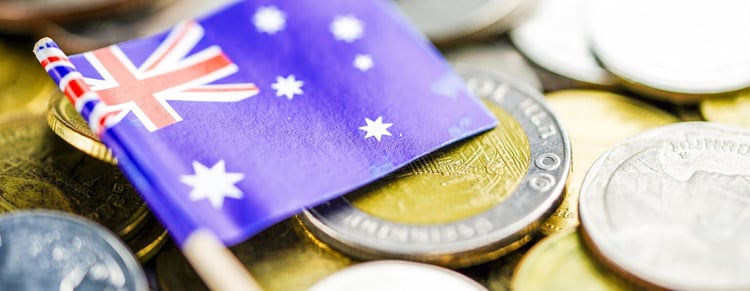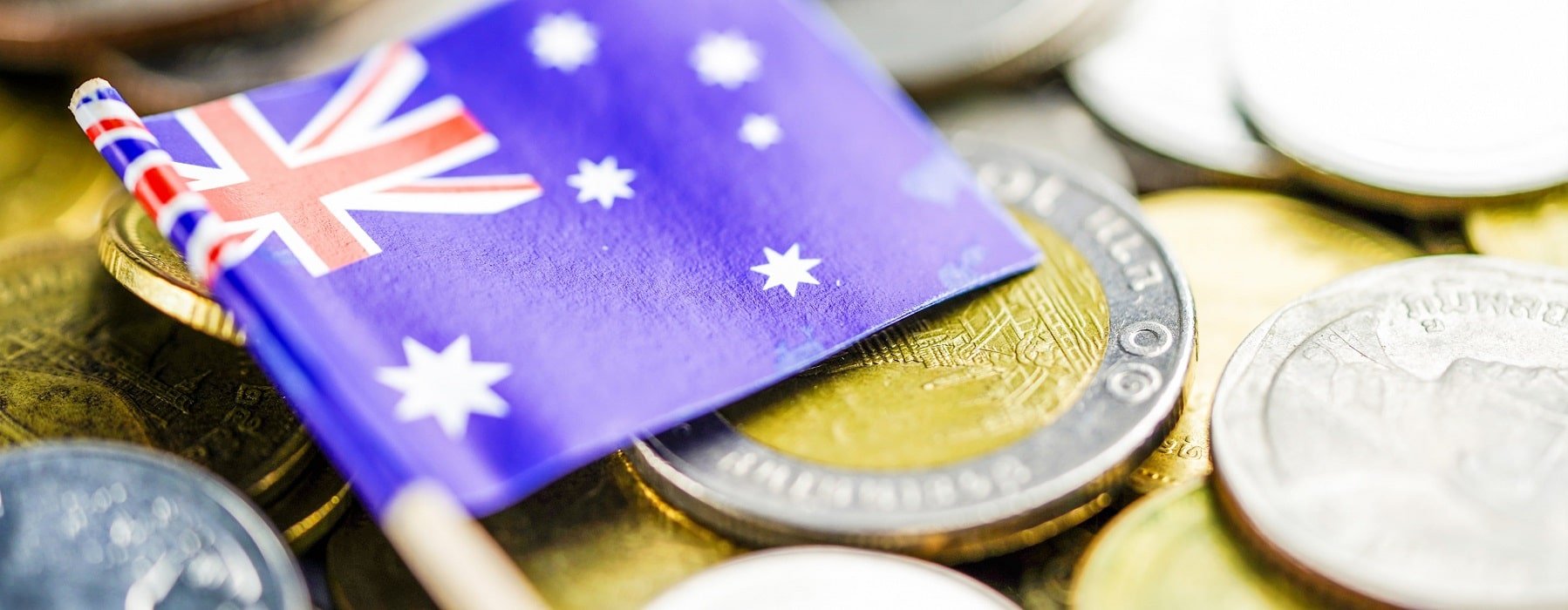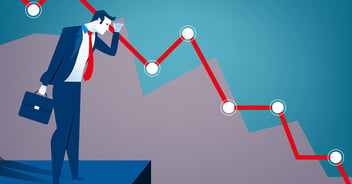
The Australian dollar has suffered numerous blows in the past few years. At the end of 2019 the currency reached its lowest level in more than ten years, to drop even faster due to widespread forest fires and the Corona virus. When will the end be in sight?
Just when the decline of the Australian dollar appeared to have started cooling down things started to heat up again. Literally. Enormous forest fires reduced 10 million hectares of forest land to a pile of ashes in the past few months. The ecological disaster resulted in the tragic loss of countless animal lives, as well as at least twenty human ones. According to credit rating agency Moody’s the damage runs to billions of dollars. On top of that, there has been a tremendous drop in tourism and the uncertain situation has also caused Australian consumers to tighten their purse strings. Several weeks ago, the Australian economy was faced with yet another setback. The Corona virus has led to a considerable growth retardation in the China, which country is Australia’s biggest trade partner by far.
Blow after blow
On currency markets, the Australian dollar is receiving blow after blow. The currency has fallen by at least 4% against the American dollar since the beginning of this year. This new setback presented itself after a drop of more than 10% in the past two years. The Aussie – the popular moniker for the Australian dollar – has reached its lowest level since early 2009. For a short while, it seemed as if the fall was even accelerating. Many economists have already taken an advance on the new interest rate reduction. Nevertheless, the central bank in Sydney decided earlier this month to refrain from fiddling with the interest rates. A remarkable decision, because this decrease in interest rates would have given the Australian economy a perfect opportunity to momentarily catch its breath.
An inflation to dream of
In the past few years, the Reserve Bank of Australia (RBA) has taken advantage of precisely such an opportunity all too frequently. Since the end of 2011, the interest rates have been lowered in more than 10 increments, from almost 5% to less than 1%. Currently, inflation is just below 2% – a level which the President of the European Central Bank, Christine Lagarde, could only dream of. In Australia, the inflation target is, however, slightly higher: between 2% and 3%. At present, the interest rate policy drawn up by the RBA focuses more heavily on the strong labour market than the negative impact of the forest fires and the Corona virus.
Little leeway
One major reason behind the strikingly small loss in value is the highly limited leeway that the Chinese authorities allow the currency. To prevent speculators mounting an attack on the currency, it is not permitted to fluctuate much against the dollar. If you want to do business in China, you can only convert large amounts to or from renminbi with government authorisation. This approach prompted the United States to label China a currency manipulator. Incidentally, as part of the trade agreement between the two countries, that accusation was withdrawn in January.
Waiting for the inevitable
The only question is how long the central bank will be able to continue to pursue this strategy. The impending recession in China, in particular, will have a notable impact on Australia’s economy. The price of iron ore, for example, has dropped by 10% since the beginning of this year. Australia ships around 60 billion dollars’ worth of this raw material to China every year. On top of that, the first months of 2020 saw a sharp decline in the number of tourists visiting Australia. Still, there is little reason to fear that the country’s economy, after having successfully avoided a recession for 28 successive years, will be in danger on account of these setbacks. However, it is inevitable that the RBA will nevertheless lower the interest rate in the course of 2020 in order to give the economy a boost. Chances are considerable that the Aussie will have touched rock bottom only then.
Joost Derks is a currency specialist at iBanFirst. He has over twenty years of experience in the forex world. This column reflects his personal opinion and is not intended as professional investment advice.
Topics






